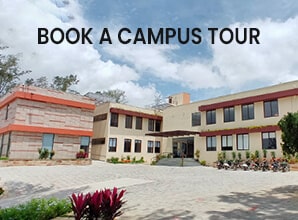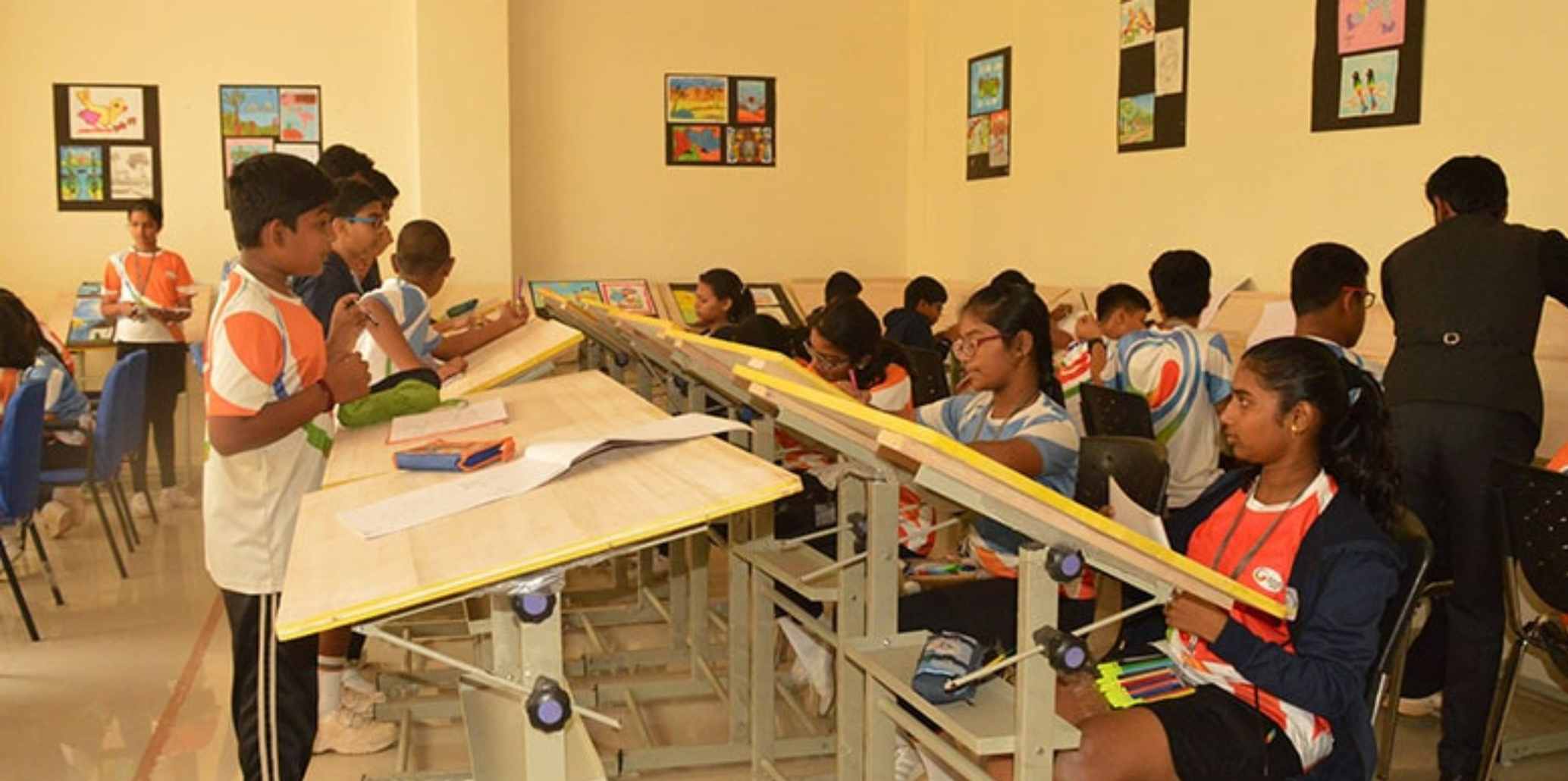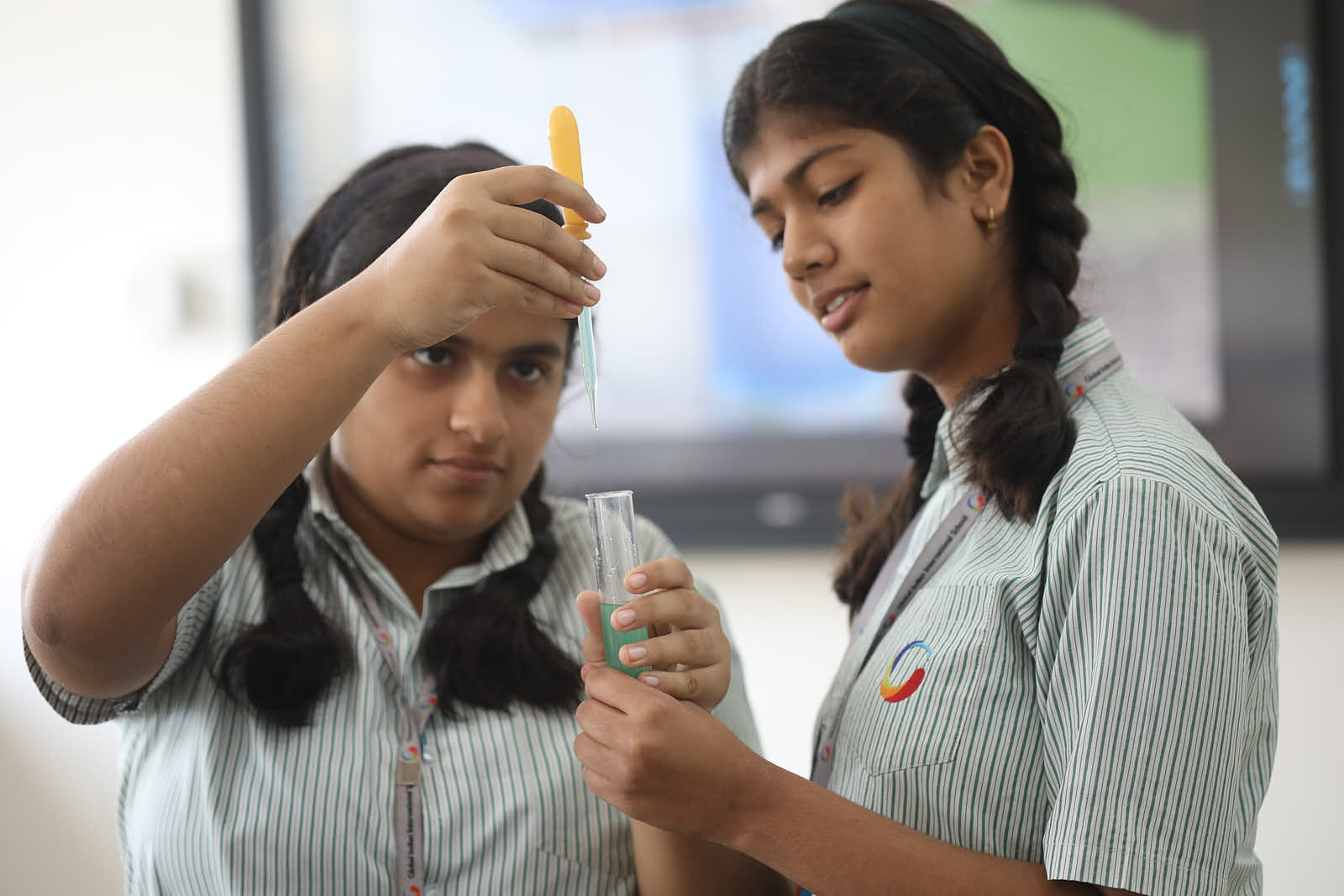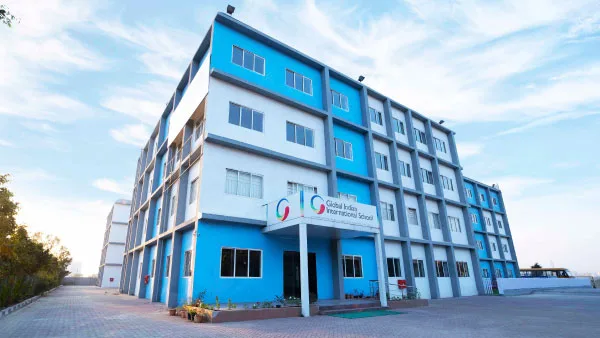Download our FREE Academic Calendar now! 📚 Start your child’s journey to success.
It is often said technology is making the world a better place, and the education world is in no way untouched. Today, education is a lot more than classrooms with blackboards, teachers lecturing a bunch of students, and marking who stay quiet for a longer time.
Today’s classrooms are an amalgamation of digital screens, as well as physical interactions that too with to and fro discussion rather than one teacher addressing a classroom. Or in other words, follow student-centric teaching methods. But, said wisely, this is a change worth it for today’s education world!
If seen from a wider lens, technology has made a major change in the education world, and that is, it has laid foundations for student-centric education. And, this is how the education sector has been revolutionised and become advanced with Student-Centric Education and Future Leadership skills in students, be it primary school students or high school.
What is Student-Centered Learning?
Student-centric education is an education strategy that works centrally for students or learners. Though this approach surfaced a few years back, it has been on fuel in recent years.
It hasn’t only revamped the picture of the education industry, but also given students a new way of learning, and getting an education. Here are some of the verticals of learner-centric education.
1. A New Way of Learning
The new model of the student-centred education system is the amalgamation of online as well as physical classes. This has made getting an education an anywhere, and anytime game.
Not only this, this new model has totally influenced the way students used to learn, and acknowledge new things.
Textbooks have been partially replaced by smart devices, group activities have been securely taken off by online meetings, and classes and online quizzes or forums have replaced one on one heated discussion sessions with teachers. But, the change is fairly advancing the world, and students are amenable to embracing it.
2. Expanding Boundaries
“If you cannot reach there physically every day, you cannot get an education from that institution”. This is long gone and is a thing of the past now.
The new student-centric model has kept students’ comfort on top priority and made classrooms available at a click. This has made distance education possible, and education from abroad university too without much of a hassle.
And, as a result, education boundaries got demolished, and students were able to expand their boundaries and were able to get global-level education, too according to their own comfort.
3. Just Learn
It would not be wrong if we say, this new student-centred teaching and learning have made education a “Just learn” thing! Do you need education anytime? Do you need it at a click? And, do you need to according to your needs? This new model can help!
Furthermore, this has made education an easy thing even for the students of remote areas, and areas where there are no educational institutions, or facilities available.
4. An Overall Curriculum
Believe it or not, today’s Student-Centric Education and Future Leadership curriculum is one of the most complete curricula.
Be it the traditional textual knowledge, or something extra to gain skills via co-curricular activities like oratory, personality development, music, leadership, and whatnot, the Student-Centric Education and Future Leadership concept has it all.
So, no matter what your interests are, or what you are inclined toward, today’s new education strategy takes you into account, and doesn’t leave you with any skill, or academic concept!
Role of Technology in Establishing Student-Centric Education
If there’s one thing that is making Student-Centric Education and Future Leadership style of study practical, that’s technology. The advanced software, devices, and new gadgets, together are making this new learners-centric education a possibility.
1. Choose What You Study
Studying what the other 40 students in the class read, and trying hard to fit in places you don’t feel belong is the foremost rule the student-centric education system has revolutionized.
Today students can learn what they want and feel interested in it. Be it the class subjects, or out-class activities, international school in Bangalore imbibes technology to let students learn subjects they choose. This is achieved by making personalized study plans for students and delivering them to digital screens.
2. Accessibility
Study, and learn only when you are in school; this is the second misconception busted by technology with the advent of Student-Centric Education and Future Leadership strategy.
With the increase of accessibility of textual material anywhere with the help of software, devices, and online surfing, the technology has made possible the adaptation of their model where students can take control of what, when, where, and how to learn.
This gives them a sense of responsibility, and strengthens students’ interest in studies, and learning.
3. Freedom
A few years back, education with the freedom of choosing what to learn was a far-fetched imagination. But, technology has made it possible.
Today, tech has made such advancements that learners have the upper hand to choose what to learn. Not only what to learn, but also when, how and from where, and whom to learn.
This is commendable as it gives learners freedom and a sense of leadership for their careers. They feel responsible and accountable for their choices, discipline, and also the way they want to shape their career.
Also Read: How to Improve Child Learning Skills?
The Future of Education
Student-Centric Education and Future Leadership strategy is the future of the education system. No matter what tomorrow unfolds in the world, the Indian education system will thrive to make the education experience better. And, what can make it better than giving students control over their education?
Furthermore, the accelerated rate of accepting this mode of education further demands advancing this. Another optimistic factor is that not only the private, or online institutions, but even the national educational institutions are also accepting these student-centric teaching methods, and delivering education that is customizable and personalized according to students’ needs.
The National Education Policy has also considered this mode, and executed changes that made the curriculum Student-Centric Education and Future Leadership ready.


 Bannerghatta Campus
Bannerghatta Campus





































